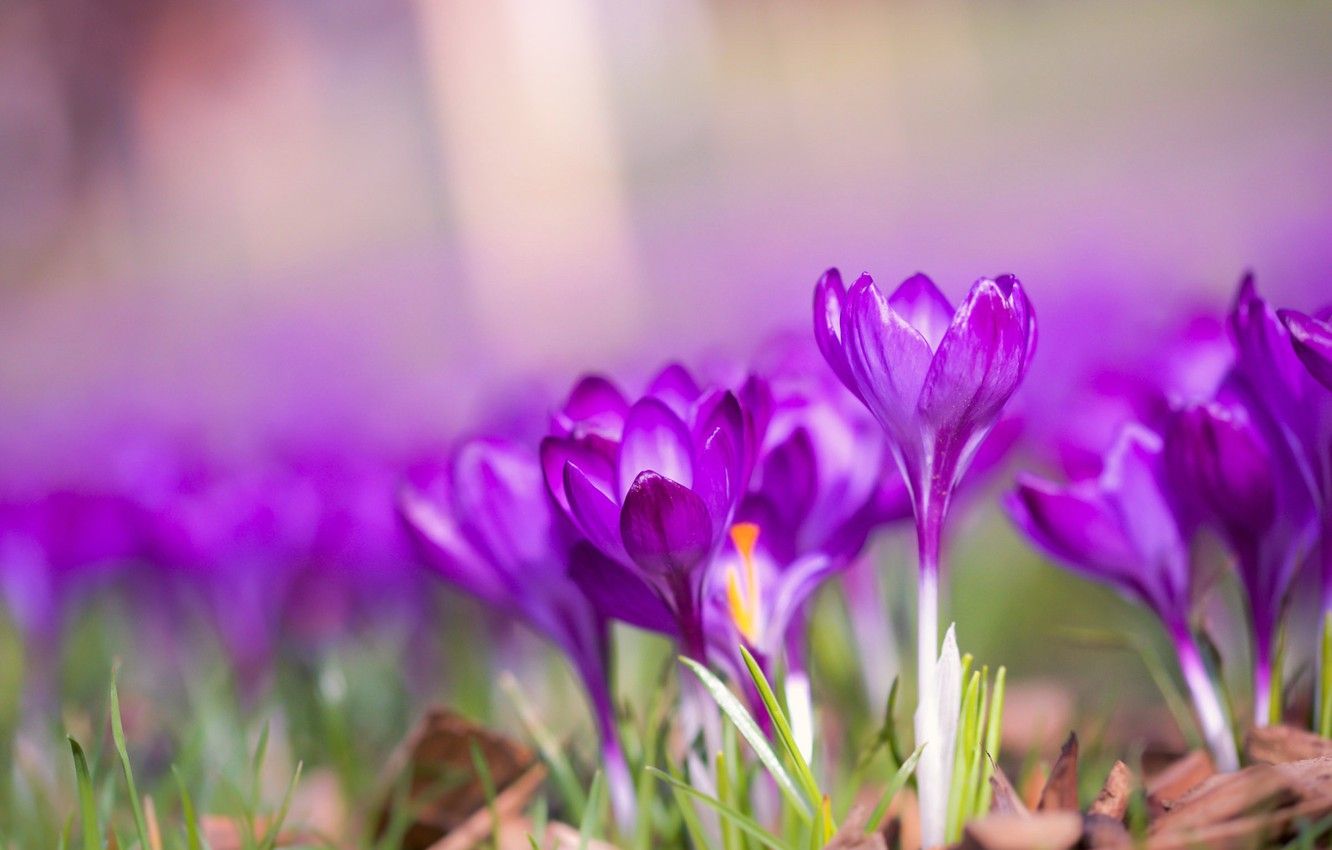Decoding the Elegance: The Chemical Composition of Saffron Unveiled
Exploring Saffron’s Essence: An In-Depth Look at Its Chemical Makeup
Embark on a scientific journey as we delve into the intricate chemical composition of saffron, unlocking the secrets that contribute to its unparalleled flavor, aroma, and vibrant hues.

The botany and composition of saffron
Saffron’s Biochemical Symphony: Understanding Its Key Components
1. Crocin: The Colorful Canvas of Saffron
Dive into the world of crocin, the primary compound responsible for saffron’s rich color. Explore how this carotenoid pigment adds the vibrant hues that make saffron a visual feast in both culinary and non-culinary applications.
2. Safranal: Aromatic Alchemy in Every Strand
Uncover the aromatic alchemy of safranal, the compound that imparts saffron with its distinctive fragrance. Explore how this essential oil component contributes to the captivating scent that elevates dishes and products infused with saffron.
A Visual and Olfactory Experience: The Role of Crocin and Safranal
Content (H3): Witness the dual impact of crocin and safranal, as the former bathes saffron in vibrant colors, while the latter weaves an aromatic tapestry. Understand how these compounds work in harmony to create a visual and olfactory experience that defines the essence of saffron.
Picrocrocin: The Culprit Behind Saffron’s Bitter Note
1. Bitter Elegance: Unveiling the Role of Picrocrocin
Explore the presence of picrocrocin in saffron, the compound responsible for its distinct bitter taste. Understand how this element, often considered a signature trait, adds complexity to saffron-infused culinary creations.
2. Safranal-Crocin-Picrocrocin Trio: Saffron’s Flavor Triad
Delve into the interplay of safranal, crocin, and picrocrocin, forming a flavor triad that defines the taste profile of saffron. Unravel the complexity of this trio and its contribution to the unique and sophisticated flavor of saffron.
Harmonizing Bitterness and Sweetness: The Artistry of Picrocrocin
Content (H3): Witness the artistry of picrocrocin as it harmonizes bitterness and sweetness in saffron-infused dishes. Understand how this compound adds depth and balance, transforming ordinary recipes into culinary masterpieces.
Additional Components: Safranal, Crocetin, and More
1. Safranal: Beyond Aroma, a Potential Health Ally
Explore the multifaceted nature of safranal, not just as an aromatic agent but also as a compound with potential health benefits. Uncover the latest research on how safranal may contribute to well-being.
2. Crocetin: Adding Health and Hue to Saffron
Delve into crocetin, a compound with antioxidant properties that not only enhances saffron’s color but also holds potential health advantages. Discover the dual role of crocetin in saffron’s allure.
The Wellness Connection: Safranal and Crocetin in Saffron
Connect the dots between safranal and crocetin and their potential wellness contributions. Understand how these compounds, woven into the chemical tapestry of saffron, may offer both sensory delight and health benefits.
Saffron’s Chemical Symphony: A Melody of Flavor, Aroma, and Well-Being
In conclusion, the chemical composition of saffron reveals a symphony of flavor, aroma, and potential wellness benefits. From the vibrant hues of crocin to the aromatic alchemy of safranal, saffron’s biochemistry is a testament to its status as one of the world’s most treasured spices. Explore the elegance of saffron, where science meets culinary artistry.
The main chemical components of saffron are responsible for its taste, aroma, and its color. Simplified crocin produces color, picrocrocin produces flavor and adrenal produces aroma. Chemical composition of saffron.





